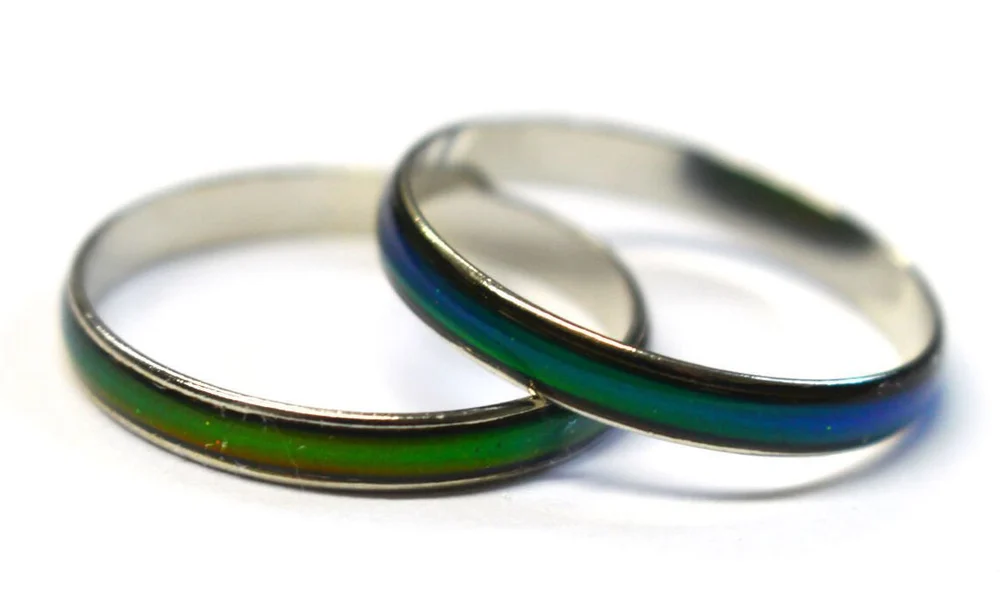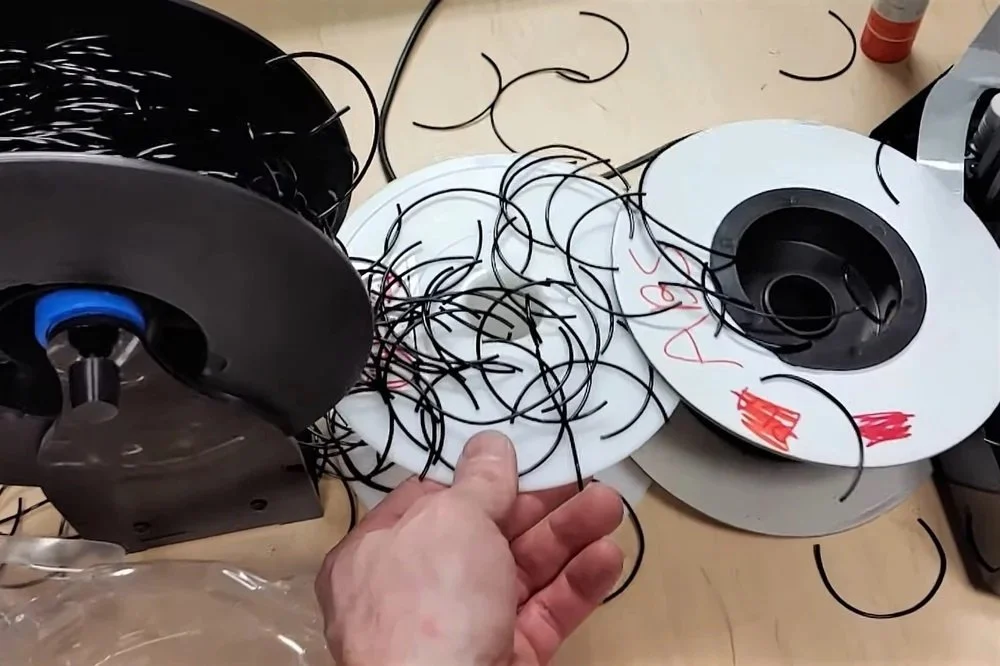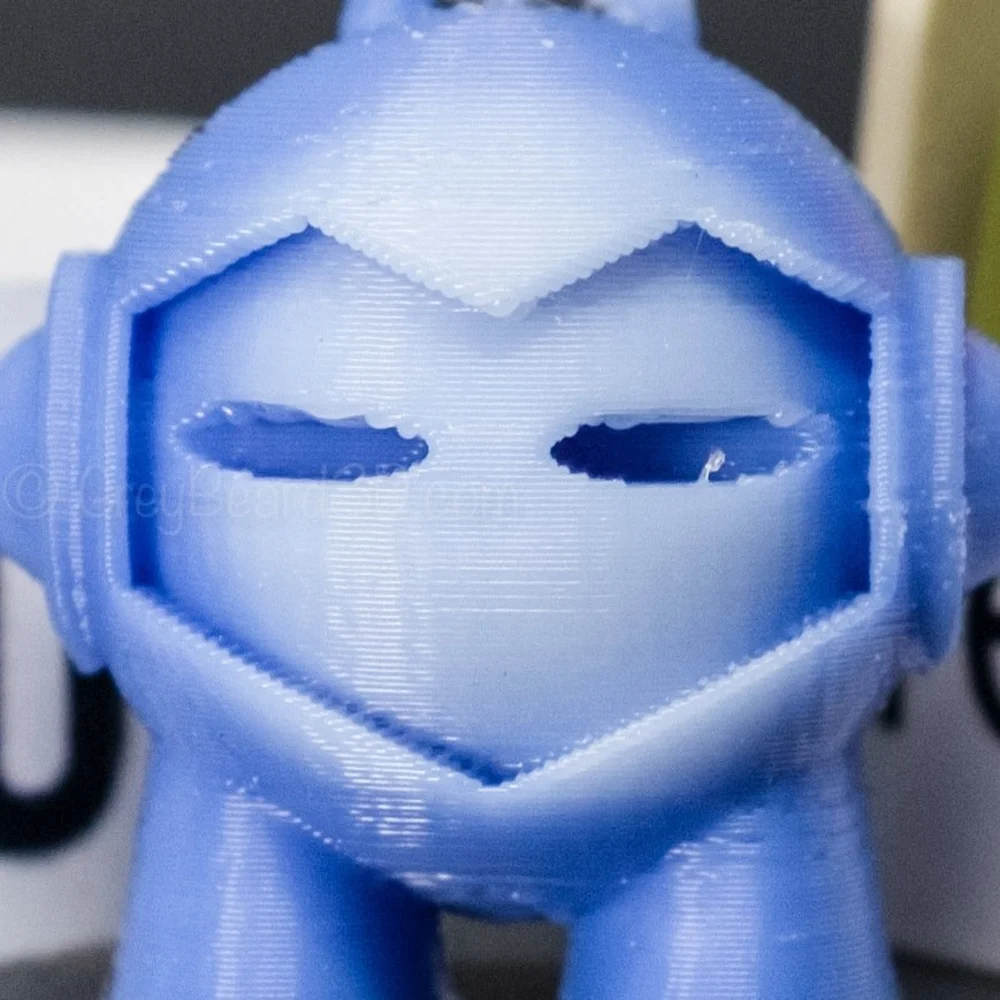Color-changing is back in style to bring cool effects to your 3D prints. Read on to see the best color-changing filament options!
How It Works

You’ve probably heard of jewelry that changes color based on the body temperature of the wearer to “show” their emotions. For example, it would change to pink for love or red for anger. But what does this have to do with 3D printing?
Thermochromism is the scientific principle that makes the rings above change color that is now being applied to 3D printing filament. It’s a property of a material where the color can change based on temperature. Materials utilize thermochromism in two ways, either through liquid crystals such as in strip thermometers or through leuco dyes used in color-changing novelty items.
Leuco dyes are simply organic chemicals that change their molecular structure with changes in temperature, thus changing their color. Usually, it can only change between two colors, one indicating a cooler temperature while the other a warmer temperature. In 3D printing, leuco dyes are mixed into the filament giving makers the ability to add trippy effects to their projects.
These materials are safe to touch and give great finished print results. Makers have used this filament for prints ranging from temperature indicators for electronics to toys to tablewear. The most common materials with this effect are PLA and ABS, but we’ll be focusing on PLA for this list.
Before we get to the list of brands that offer color-changing filaments, we’ll go over some general printing recommendations. Let’s dive in!
Printing Tips

Even though many reviews say color-changing filaments are equal in quality to standard filaments, a common issue is clogging. Some people suggest that you need a metal nozzle to prevent this, but you can simply increase the nozzle temperature. Regular PLA asks for a nozzle temperature between 190-220 °C and it’s recommended that you increase this range to 215-230 °C for color-changing material to prevent clogging.
There’s also the issue of brittleness, which seems to be affected by low ambient temperatures. This can be minimized by following proper filament storage guidelines for your spools when not in use. You could also consider adding an enclosure to your setup.
At the end of the day, you should always defer to the filament brand’s printing suggestions. Now, let’s look at some brands!
Gizmo Dorks

Based in California, USA, Gizmo Dorks was created in 2009 by a group of longtime friends with the mission to make desktop 3D printing more accessible to the general public. They provide a wide array of filaments from PLA to nylon. Gizmo Dorks offers temperature color-changing filament in both ABS and PLA material, which change colors around 31 °C.
One of Gizmo Dorks’ stated missions is to provide products that are both affordable and reliable. Reviewers praise this but also stated some quality issues, such as brittleness under certain temperatures.
- Diameters: 1.75 mm, 2.85 mm
- Spool size: 1 kg
- Colors: Green to yellow, grey to white, purple to pink, blue to white
- Color change temperature: 31 °C
- Bed temperature: 110 °C (ABS), 60 °C (PLA)
- Hot end temperature: 230-250 °C (ABS), 190-225 °C (PLA)
- Price: $20-$23/kg